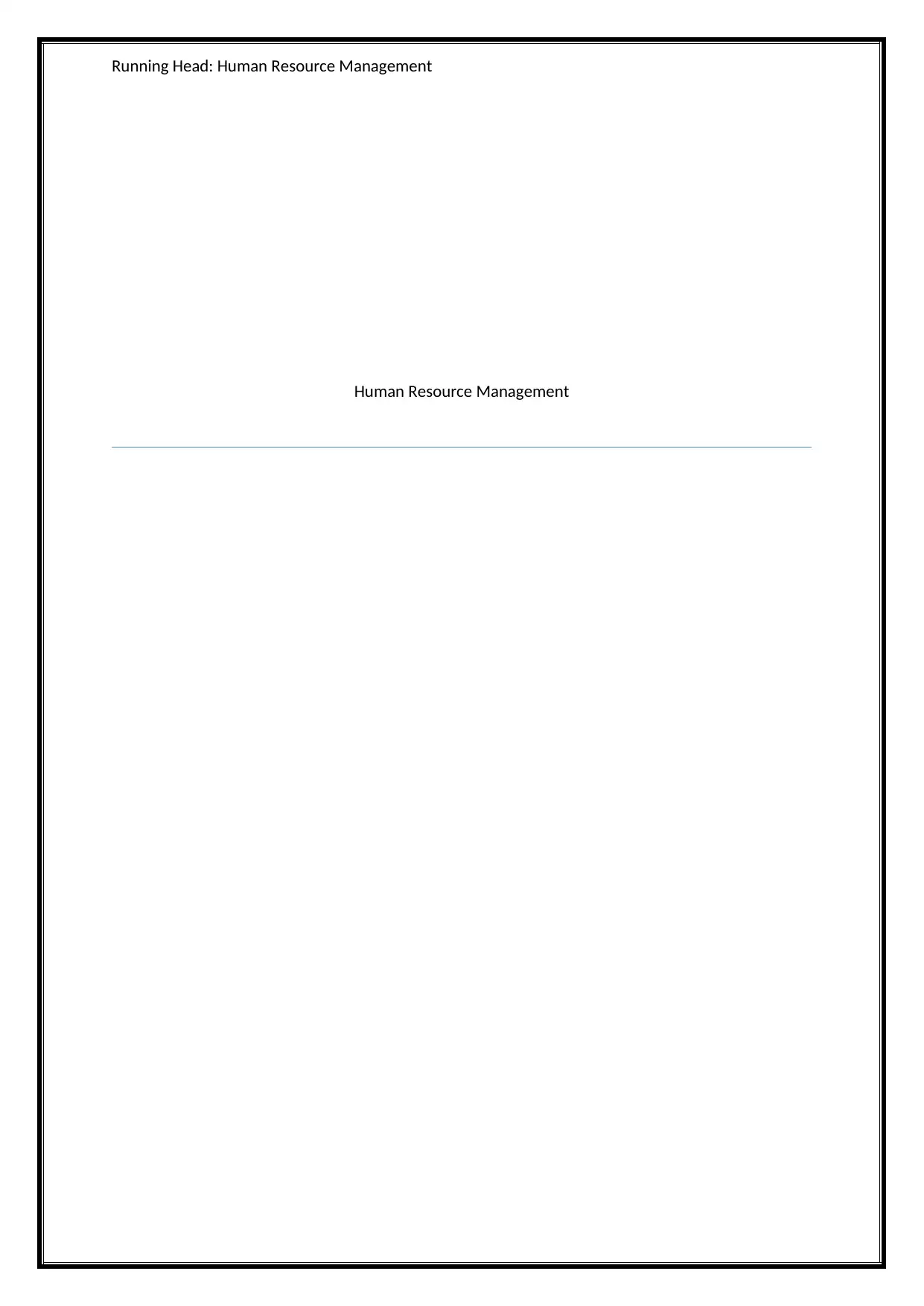Analyzing Human Resource Management within a Learning Organization
VerifiedAdded on 2023/06/12
|4
|749
|424
Essay
AI Summary
This essay explores the critical role of Human Resource Management (HRM) in fostering and sustaining learning organizations. It begins by defining a learning organization as one that facilitates continuous employee learning and self-transformation, highlighting key features such as continuous learning, knowledge sharing, and system thinking. The essay emphasizes the benefits of a learning organization, including increased efficiency, reduced employee turnover, and enhanced productivity. It outlines practical steps for implementing a learning culture, including self-audits, strategic alignment, accountability development, and knowledge sharing. Furthermore, the essay discusses the importance of scoring, formative, and summative assessments in evaluating employee skills, learning progress, and overall performance, providing a comprehensive overview of how HRM practices can drive organizational success through a commitment to learning and development.
1 out of 4











![[object Object]](/_next/static/media/star-bottom.7253800d.svg)